Create an Outdoor Living Area that’s a Natural Extension of Your Design Style
June 24, 2021
Sponsored Content
Text by Kristin Amico
As temperatures rise across New England, there’s a renewed focus on creating outdoor living spaces that are equally as cozy and design-forward as those found inside the walls of a home. Homeowners are reimagining every square foot of their yards as retreats for family and friends. A focus on the right design elements, such as luxury outdoor furniture, allows them to reflect their personal lifestyle and design preferences.
We spoke to Stephen Elton, chief brand curator for luxury outdoor furniture brand Brown Jordan, for expert tips on how to turn outdoor spaces into timelessly stylish living areas. What does he consider the most important part of the design equation? Consistency. Elton explains that outdoor rooms should be a natural extension of your indoor style, where furniture design, color, and atmosphere blend together as one.
“Homeowners are spending more time outdoors, and they want their open-air living rooms to mirror the carefully curated space they’ve created indoors,” notes Elton.
Creating a seamless transition inside and out requires that you first recognize your design style and remain consistent throughout the property.
Elton walks us through the three popular furniture styles, modern, traditional, and transitional, explains how to choose the right style for your home, and provides a primer for creating outdoor spaces that are vibrant and inviting.
Design Styles
Modern
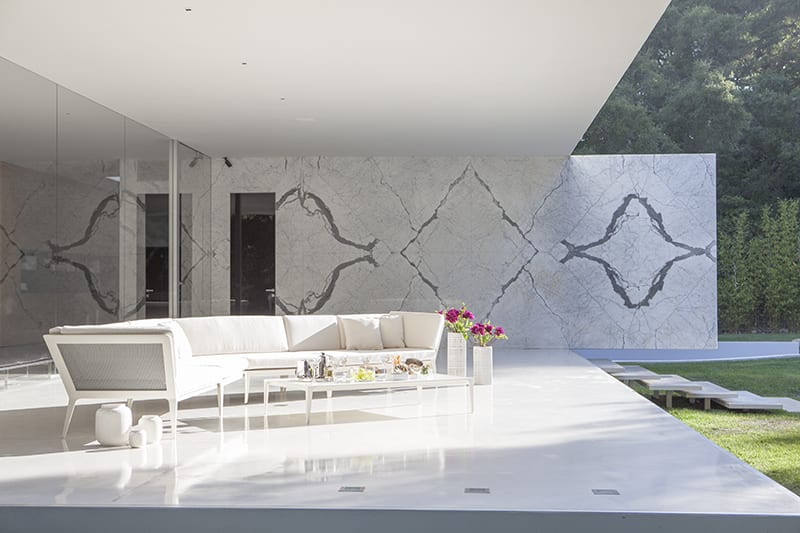
Straight lines, square angles, and monochrome color palettes characterize modern style. The furniture is highly functional with a lean and minimalist form. Modern design and architecture also embrace newer building materials, such as durable plastics, aluminum, ceramics, or glass, alongside natural materials like pale-hued varieties of wood.
For homeowners who have created sleek, modern interiors, take those clean lines outdoors with pieces from Brown Jordan’s Still Collection. The iconic silhouette drives the distinctly modern style, and plush cushions with soft-to-the-touch textiles make it easy to linger outdoors long past the late New England summer sunsets.
Traditional
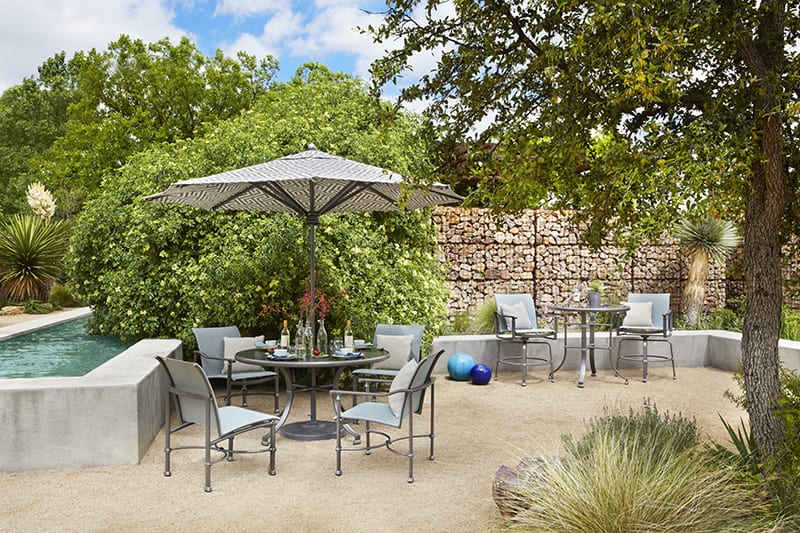
Where modern furniture cuts a straight line and takes inspiration from geometric shapes, traditional style is rooted in history and emphasizes design details or ornamentation. Today’s traditional is characterized by soft angles coupled with dark, rich colors and layers of textures.
Brown Jordan’s Fremont Collection was created with the modern traditionalist in mind, especially those who want to bring a little more formality outdoors. The design details complement historic Boston architectural styles, from colonial to Georgian and Victorian. The collection features a range of lounge chairs and sofas, along with dining tables large enough for the whole family to gather for a Sunday meal.
Transitional
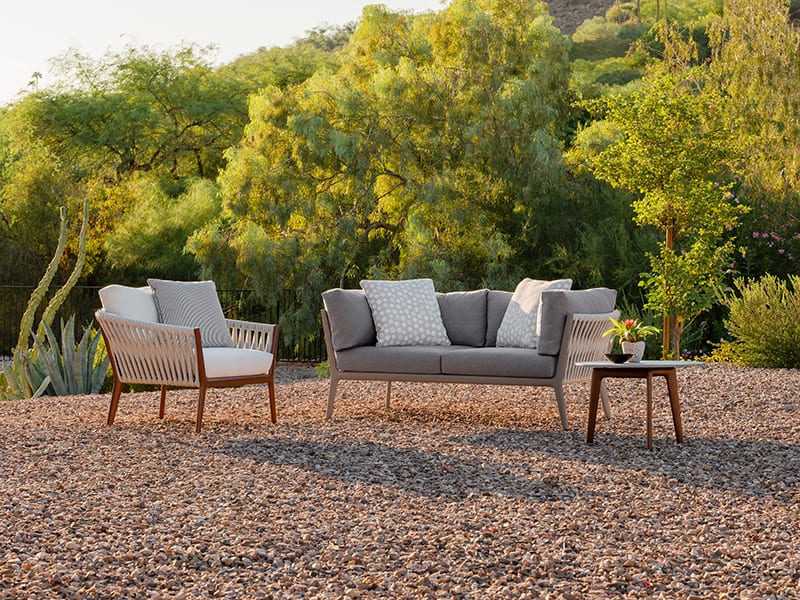
Transitional falls between the minimalist angles of modern and the more decorated and curvy of traditional. “It’s a fusion of styles, and there is a lot of room for mixing textures, materials, and colors to create a highly personalized look,” explains Elton.
Brown Jordan’s H Collection accomplishes that by combining modern aluminum frames with soft yet durable rope details—created to withstand outdoor elements.
“We created H for those who are seeking the same level of high design and relaxed comfort found in indoor home furnishings,” adds Elton.
Additional Outdoor Design Tips
After you’ve identified your design style, there are a few key considerations to keep in mind when choosing the right furniture. Follow these guidelines and you’re sure to create an outdoor living area that’s the envy of the neighborhood.
- Choose pieces that complement your lifestyle. Do you favor a formal or relaxed atmosphere? Looking for furniture that can withstand kids or pets? Do you entertain frequently, or do you want timeless pieces for lounging in the sun or curling up with a book?
- Design around a focal point. Elton reminds us that regardless of what kind of space you’re furnishing, design principles remain consistent. Think about the standout element in your outdoor living area—it may be a fire pit or large hearth, water feature, or outdoor sculpture—and design the rest of the space around it.
- Incorporate color and texture as part of the overall design plan. Even if you love the monochrome modernist aesthetic, create visual depth by layering similar tones. Alternately, you can create design diversity by choosing furniture colors and textures that contrast outdoor elements like patio bricks, stone retaining walls, or water features.
“Whatever your style, choose pieces that are beautifully designed and make you comfortable,” Elton concludes.
Visit the Brown Jordan showroom at the Boston Design Center, or click here to find a local dealer.
Share
![NEH-Logo_Black[1] NEH-Logo_Black[1]](https://www.nehomemag.com/wp-content/uploads/2022/08/NEH-Logo_Black1-300x162.jpg)




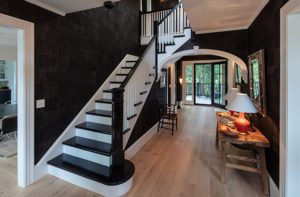
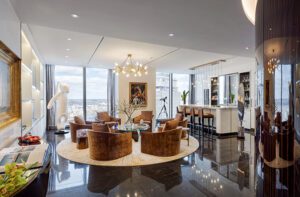


You must be logged in to post a comment.